Read our main research reports, organisational reports, Reconciliation News magazine, and other publications.
Search
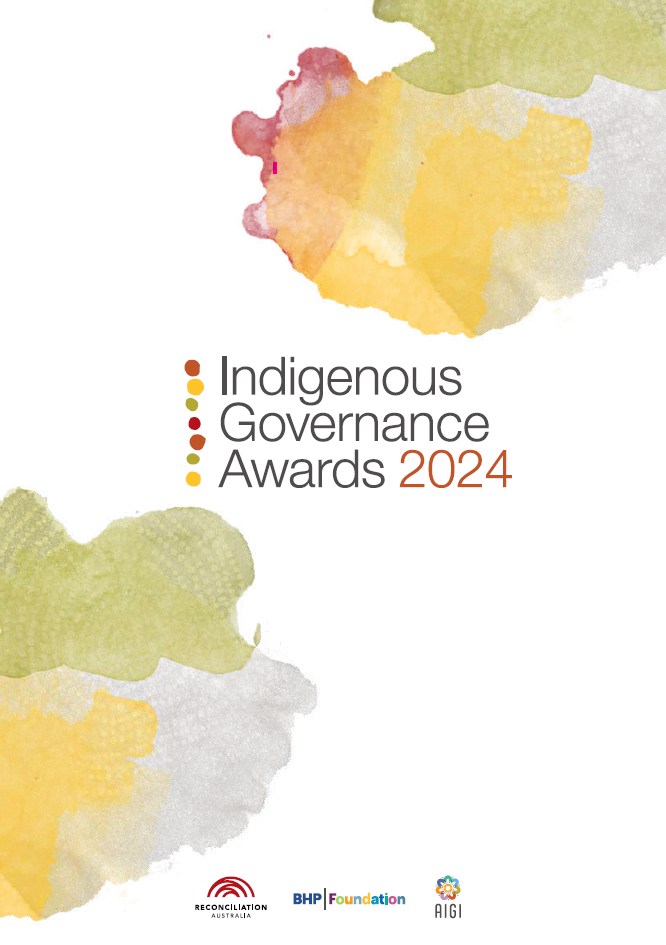
Indigenous Governance Awards 2024 Booklet
Read all about the winners and finalists from the Indigenous Governance Awards 2024. The awards are held every two years and celebrate the strength, innovation and governance capacity of Aboriginal and Torres Strait Islander organisations across Australia.
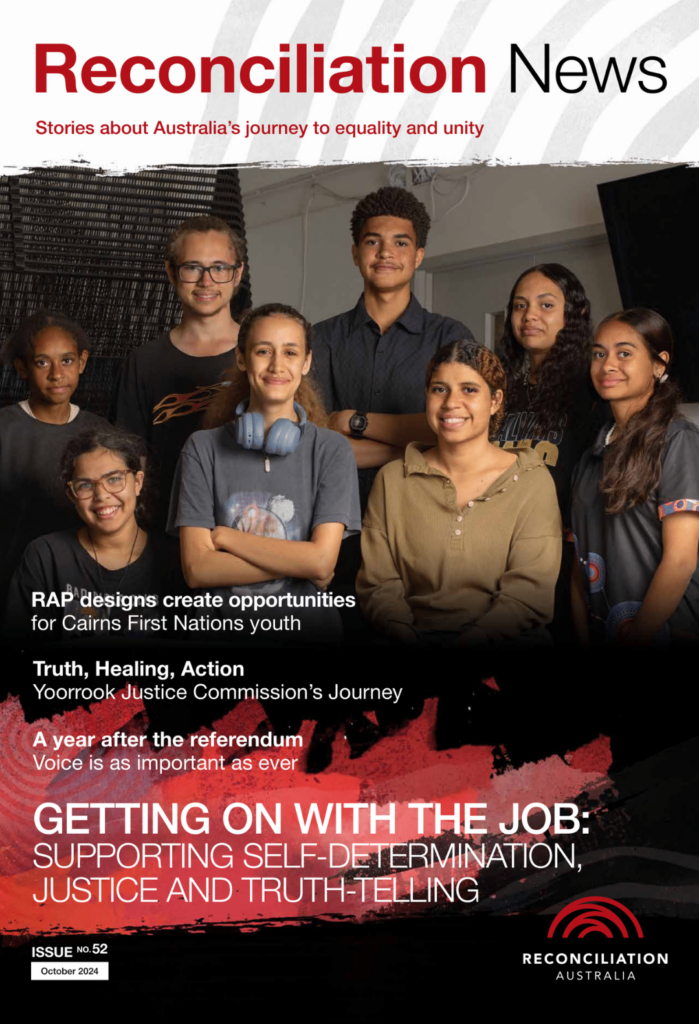
Reconciliation News October 2024
This edition is all about ‘getting on with the job’ of reconciliation by supporting self-determination in the places we work, live and learn.
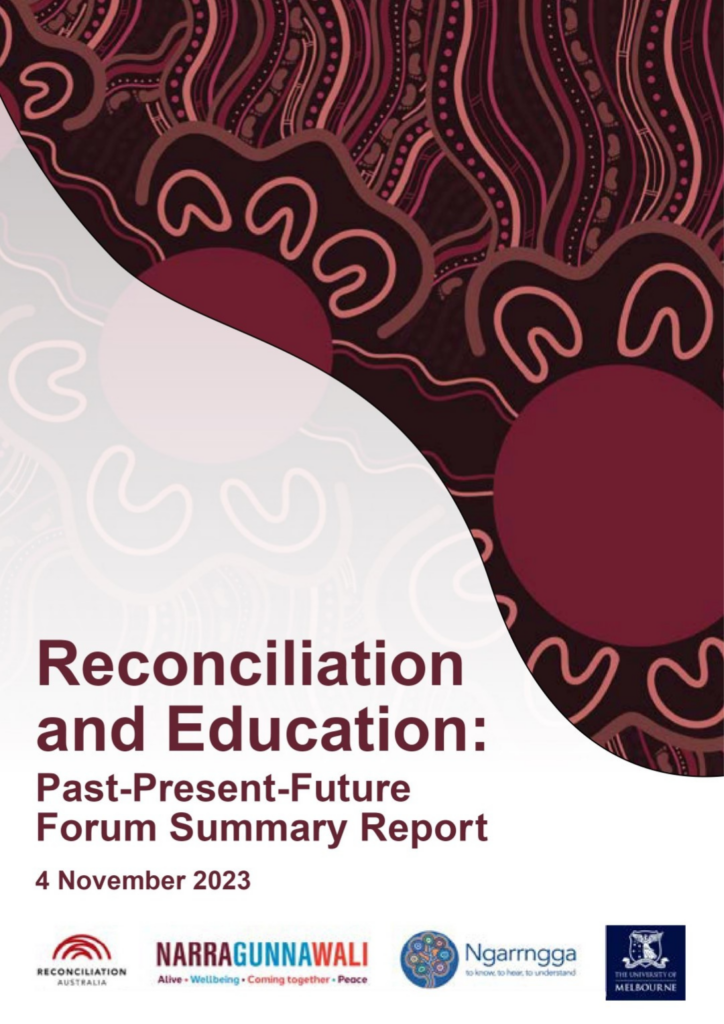
Reconciliation and Education: Past-Present-Future Forum, November 2023
This report from the Reconciliation and Education: Past-Present-Future forum held in November 2023 highlights the key challenges, opportunities, and recommendations for embedding reconciliation in the education sector
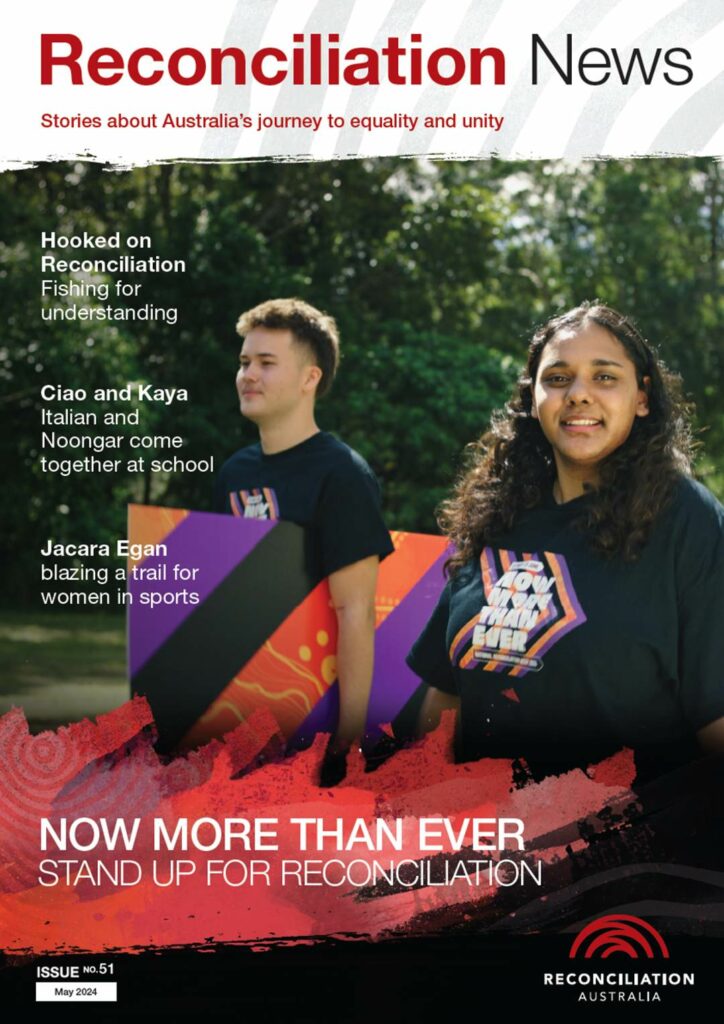
Reconciliation News May 2024
This edition of Reconciliation News is all about overcoming hesitancy, unknowns or fears to commit to your place in the reconciliation movement, now more than ever.
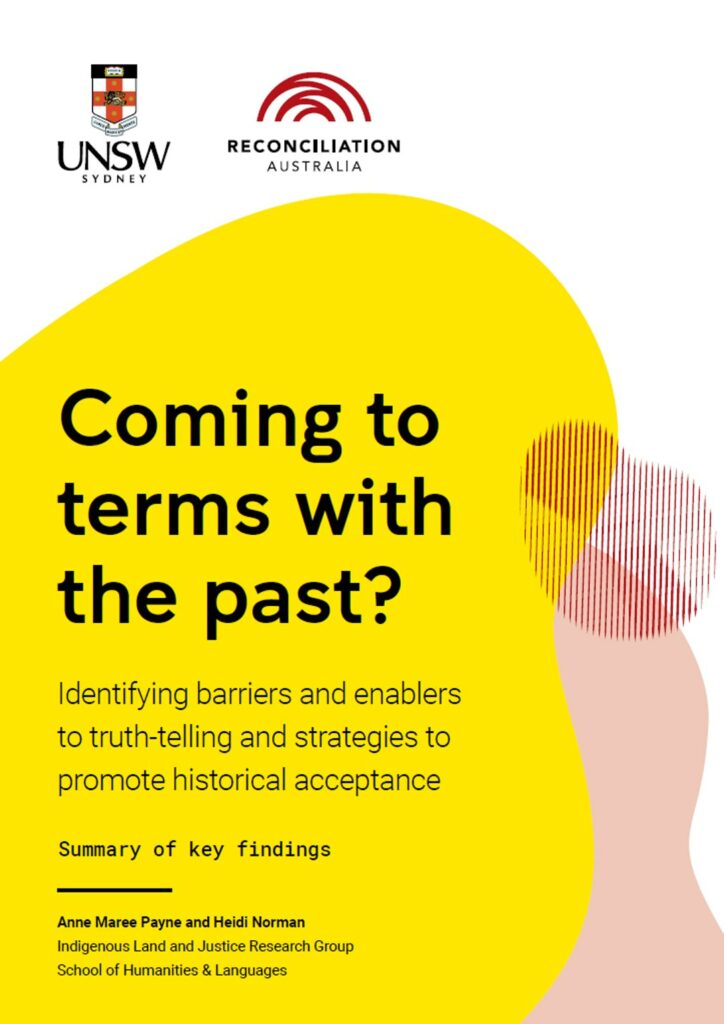
Coming to terms with the past? Identifying barriers and enablers to truth-telling
UNSW's Coming to terms with the past? report has important findings for the planning and delivery of effective truth-telling initiatives.
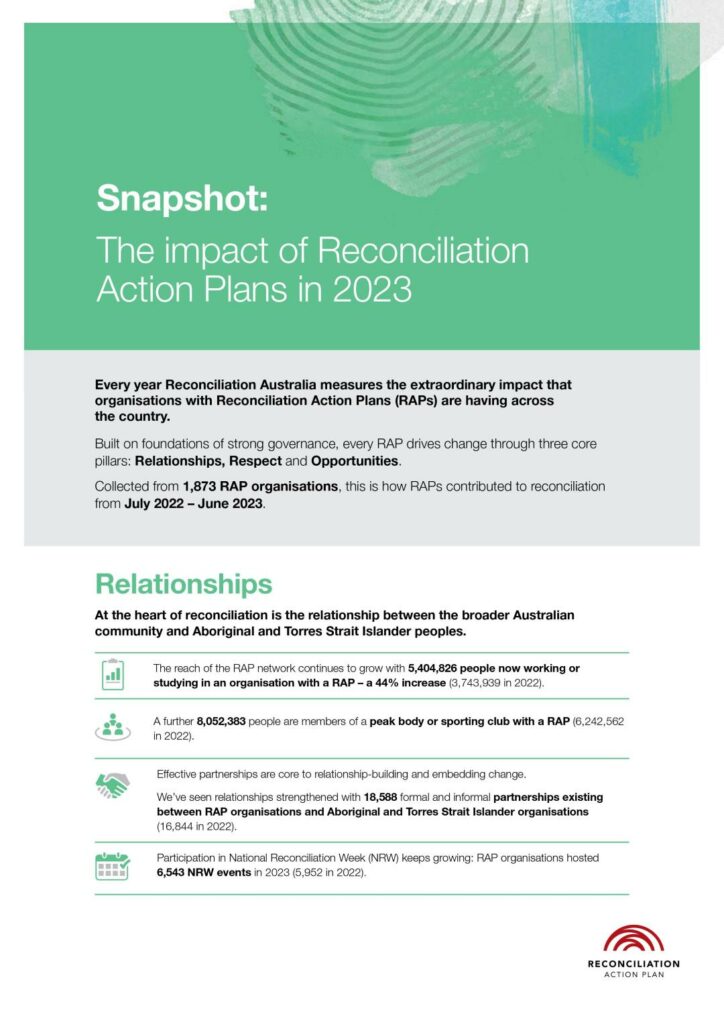
2023 RAP Impact report
The 2023 RAP Impact report finds marked areas of improvement and collective success across the RAP network.


